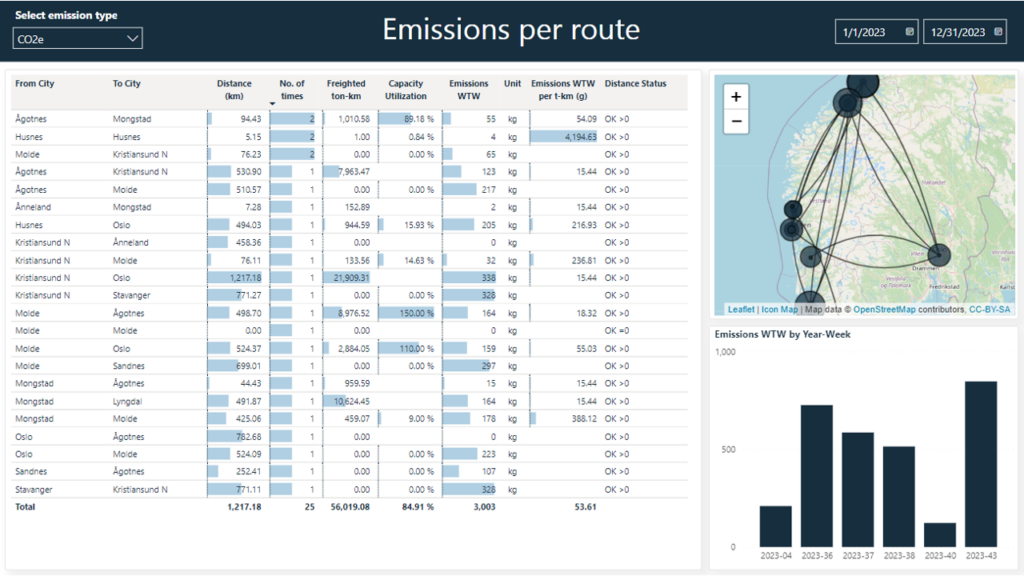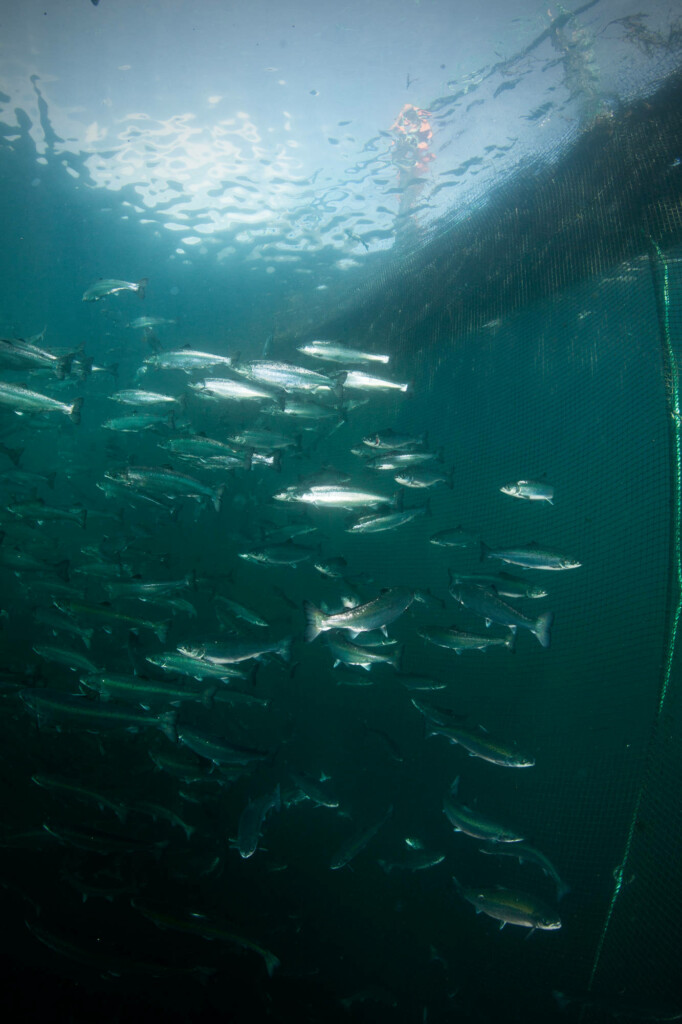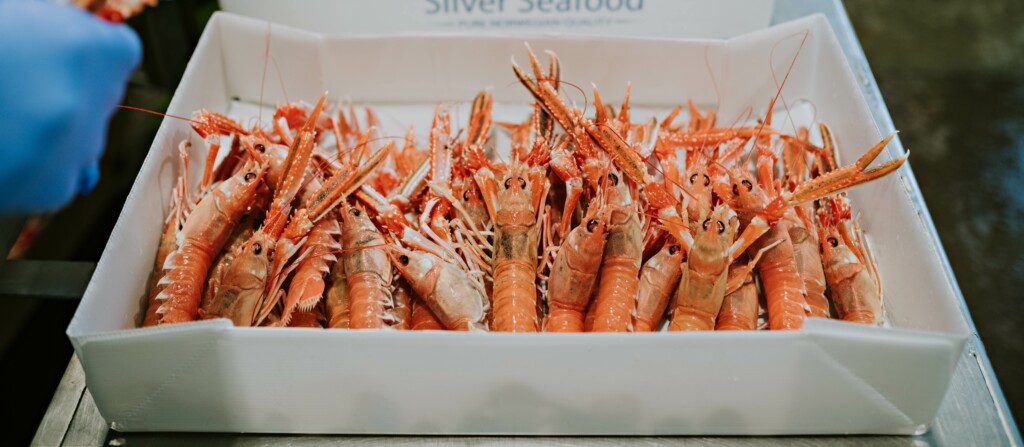Seafood Traceability 2.0
Navigating the Seafood Traceability Landscape
Meeting modern demands with advanced solutions
In today’s market, seafood traceability goes beyond meeting basic legal requirements.
Consumers want to know that the seafood they choose is of top quality and has been responsibly produced. For you, heightened seafood traceability awareness means that more data must be collected and verified, including an ever expanding and more transparent set of checks.
Meeting and exceeding the seafood traceability challenge
Seafood products are subject to extensive regulatory programs – the Seafood Hazard Analysis Critical Control Point (HACCP), the National Shellfish Sanitation Program (NSSP), the Seafood Import Monitoring Program (SIMP), FDA tracking regulations, and more. Sorting out how all these rules align and how they can be incorporated into your existing seafood software can be confusing. Especially for small producers or traders, the burden can seem onerous and expensive.
As consumers become ever more environmentally conscious, it is clear that just meeting the minimum legal standards for fish traceability will not be enough for seafood companies to be successful in the coming years. You must be able to measure and report on how you are meeting not just the legal mandates, but also sustainability standards, set both now and as goals for the future.
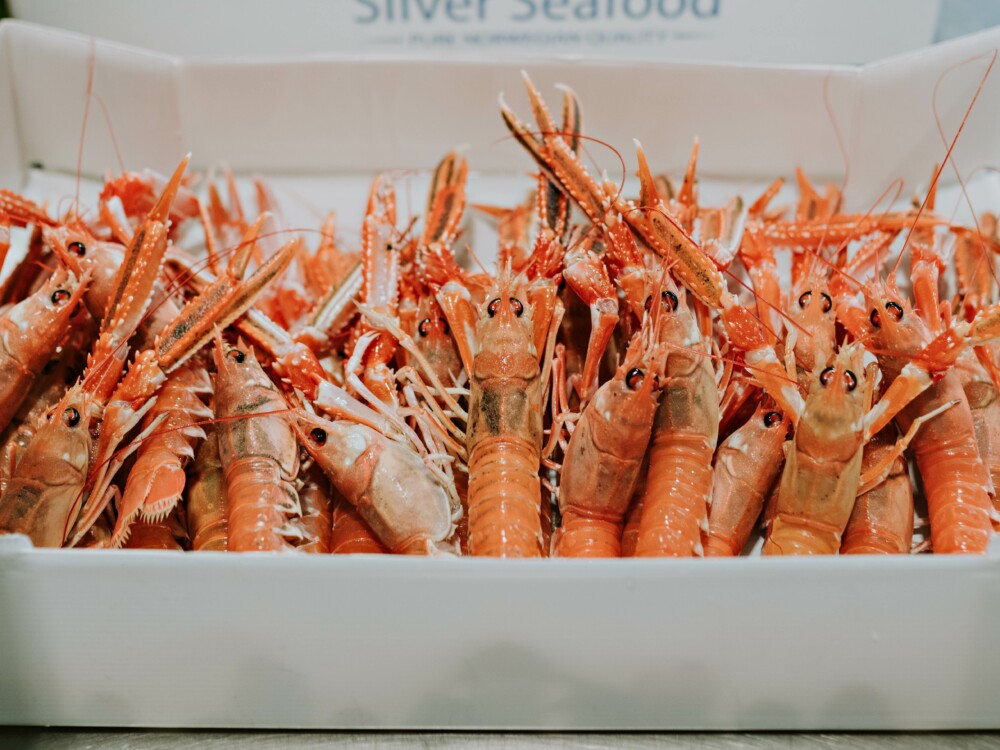
Future proofing seafood traceability
This means that companies must have a seafood traceability system that tracks more than just basic one up one down lot traceability, but also keeps track of hard-earned certifications (such as MSC and Global G.A.P) that follow along with the fish records and provide assurance that the fish meets the most rigorous standards of being responsibly and ethically raised or caught.
Even more stringent measures, such as the newly implemented MSC Labour Eligibility Requirements (May, 2023) that will audit against illegal and forced labour, are also becoming part of the mandatory traceability landscape. Over the next decade, it will be common for seafood traceability to include verification of tracking data acquired by satellites, used to monitor the location and movement of commercial fishing vessels to combat illegal, unreported and unregulated fishing (IUU fishing). For small producers, keeping abreast of the newest traceability requirements and providing the necessary verification can be an ever-steeper challenge.
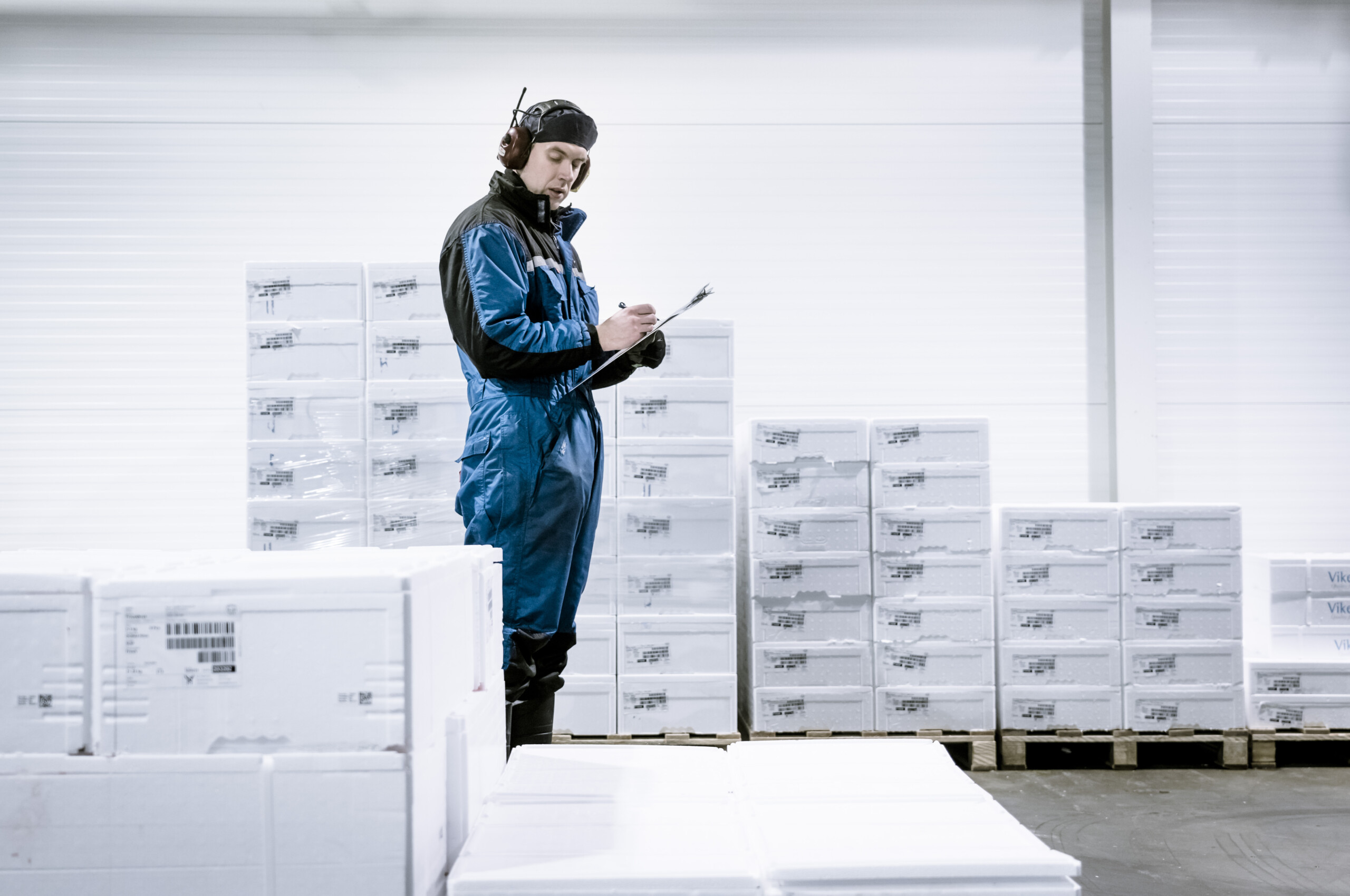
Traceability that is trustworthy
In Maritech, traceability has been in our backbone since the 70’s, and is at the core of our position as the global leader in seafood tech. For decades, we have been in the forefront developing cost-effective tools to manage digital seafood traceability and supply-chain collaboration for seafood companies around the world.
Landing Note information, which records the verified catch area, fishing trip dates, origin lots, and more has been an integral part of Maritech seafood software systems from the very beginning. Our uniqueness is that we cover the seafood-related processes through all of the value chain, from sea to table – with full traceability, documentation, and control. From landing or aquaculture, through production, processing, packing/labelling, sales, claims, and logistics.
Tools for tracking of MSC, Global Gap, and other major certifications are built into our seafood solutions. This means that even very small producers can comply easily and affordably with an implementation that takes weeks, and not months and years.

By creating simple and powerful cloud solutions that manage all of this information easily, integrated with your normal business transactions, we will, together, steadily and surely remove the barriers to a safer and more transparent seafood supply chain.
And by investing in advanced seafood traceability software and maintaining rigorous standards, your seafood company will not only meet current demands but also position yourself for long-term success in a competitive and conscientious market.

